Let’s take a look into this world where machines could not only perform tasks but also understand and react to their surroundings. This is the reality we are rapidly approaching thanks to the silent power of mechanical sensors. These unassuming components, often hidden within the systems we rely on, act as translators, converting the physical world into digital signals that machines can understand.
This article delves into the fascinating world of mechanical sensors, exploring their diverse types, working principles, and applications.
Understanding the Fundamentals:
Mechanical sensors rely on the principle of “transduction”, converting mechanical quantities like displacement, force, pressure, or acceleration into measurable electrical signals. This transformation allows for the monitoring and control of machines and processes in real-time.
The mechanical sensor family is wide and diverse, each type specializing in detecting specific physical parameters. Here are some prominent examples:
Displacement Sensors: These sensors measure linear or angular changes in position, often employed in robotics, automation, and precision machining. They include potentiometers, LVDTs (Linear Variable Differential Transformers), and optical encoders.
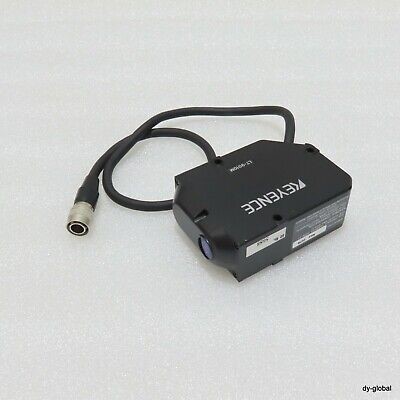
Force Sensors: As the name suggests, these sensors quantify applied force, finding applications in load cells, robotics, and medical devices. They come in various forms, including strain gauges, piezoelectric sensors, and load cells.
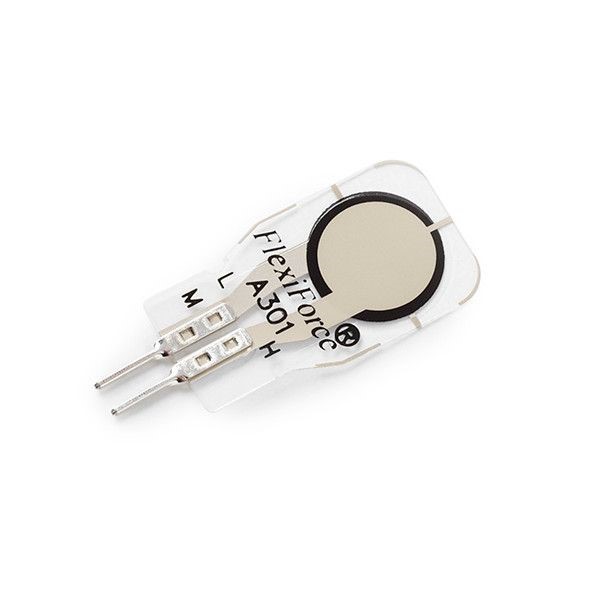
Pressure Sensors: Measuring pressure exerted on a surface, these sensors are crucial in automotive, aerospace, and industrial applications. They utilize various technologies like piezoresistive, capacitive, and strain gauge principles.
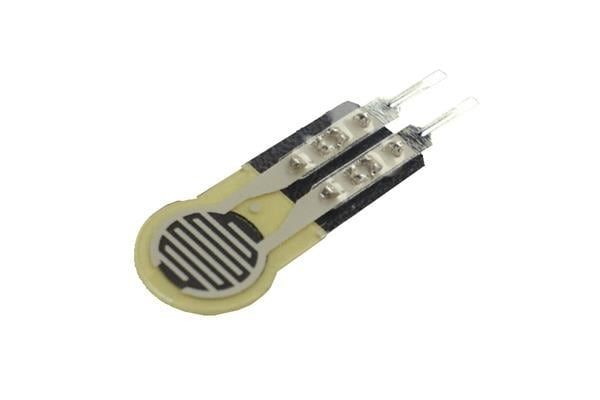
Acceleration Sensors: These sensors measure the rate of change of velocity, finding widespread use in automotive safety systems, vibration analysis, and inertial navigation. They are commonly implemented using piezoelectric or MEMS (Micro-Electr0-Mechanical Systems) technology.
Torque Sensors: These specialized sensors measure the twisting force applied to a shaft, essential in robotics, motor control, and power transmission applications. They utilize strain gauges, magnetostrictive principles, or rotary encoders.
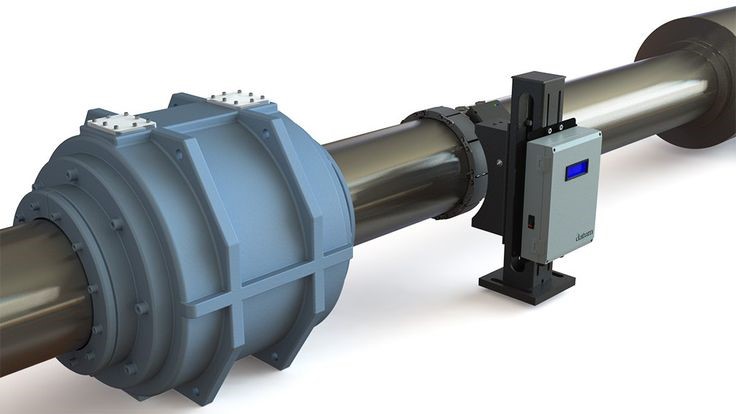
Applications:
The applications of mechanical sensors extend far beyond specific industries. Their versatility allows them to be integrated into a wide array of systems, influencing various aspects of our lives. Here are some examples:
Industrial Automation: From controlling robotic arms to monitoring machine health, mechanical sensors play a vital role in automating industrial processes, enhancing efficiency and safety.
Automotive Systems: They are indispensable in modern vehicles, monitoring tire pressure, engine performance, and braking systems, contributing to improved safety and performance.

Medical Devices: From pacemakers to prosthetic limbs, mechanical sensors are employed in medical devices to monitor vital signs, control prosthetic movements, and deliver precise drug delivery.
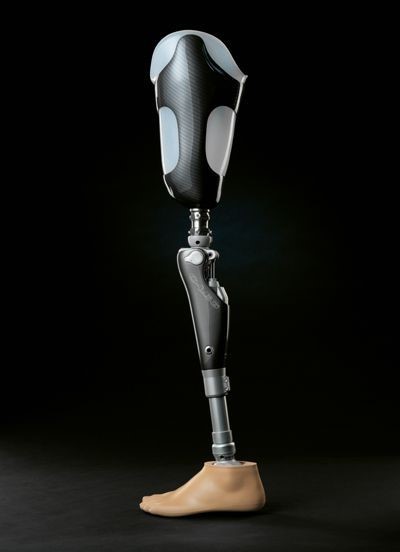
Aerospace Engineering: These sensors are vital for monitoring aircraft performance, providing crucial data on flight parameters, engine health, and structural integrity.
Robotics: Mechanical sensors are the “eyes” and “feelers” of robots, allowing them to navigate, interact with their environment, and perform tasks with precision.
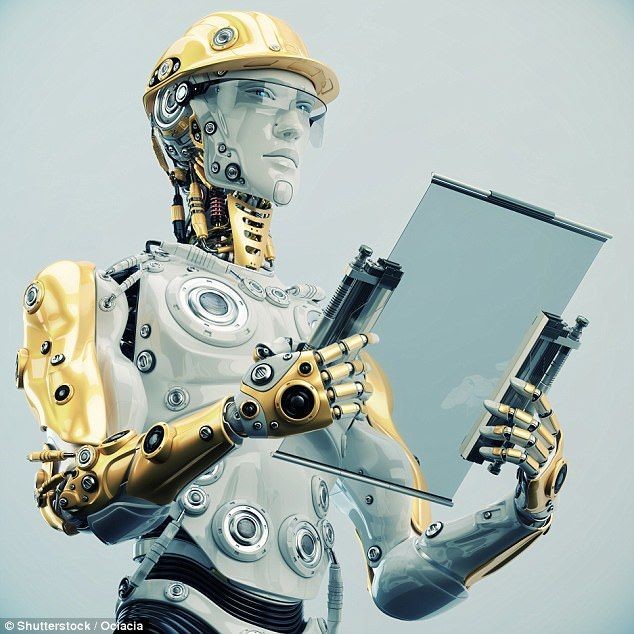
The future of mechanical sensing is bright, fueled by the relentless pursuit of miniaturization, increased accuracy, and enhanced functionality. Emerging technologies like MEMS, nanotechnology, and AI are paving the way of even more sophisticated and versatile sensors, promising groundbreaking advancements in robotics and healthcare.
Visit our Shop



